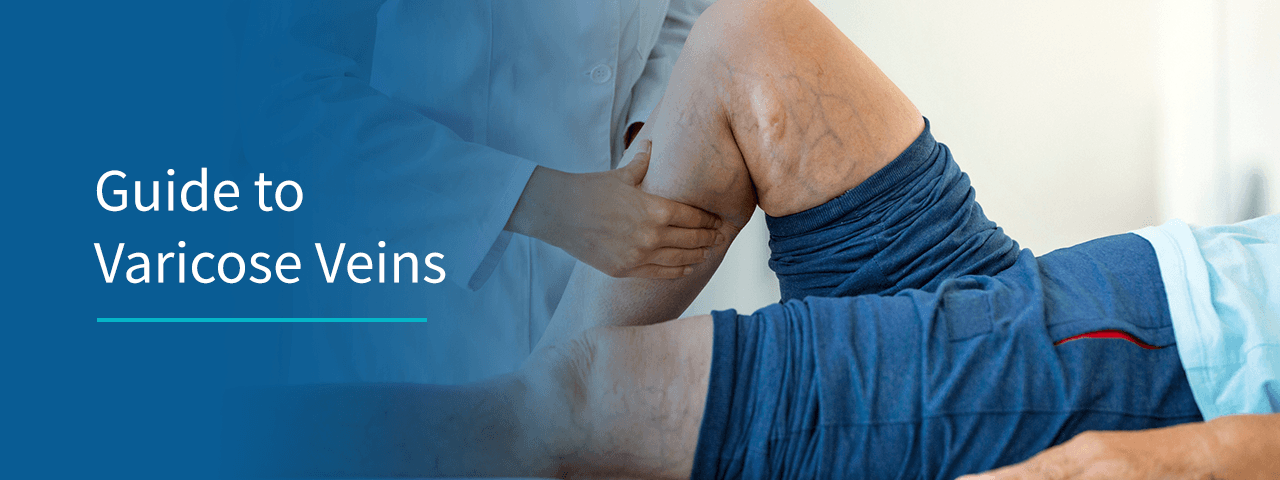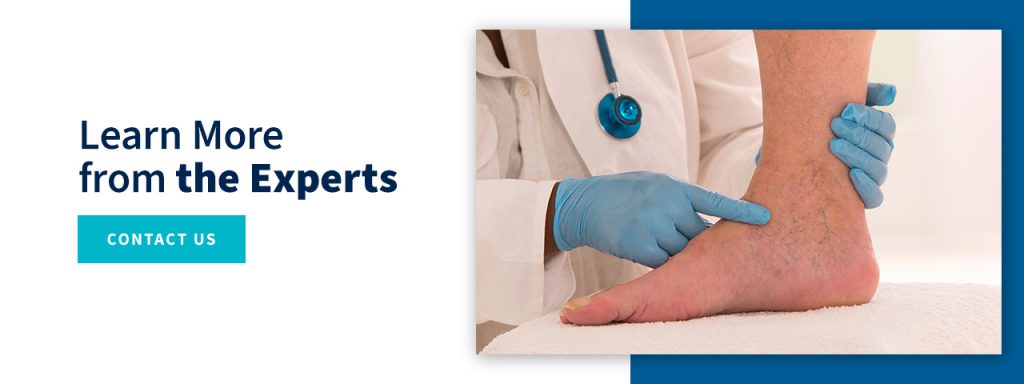
Varicose veins can be a cosmetic concern for some people, but for others, this condition causes pain and discomfort. When left untreated, varicose veins can evolve into different stages, indicating the possibility of an underlying health condition, such as chronic venous insufficiency (CVI), which is when the tiny, one-way valves in your veins become damaged. Recognizing the stages of varicose veins can help you know if you need proper treatment before CVI becomes more prominent.
Read on to learn about the different stages of varicose veins.
If you suspect you have varicose veins, understanding the early stages and their causes can help you determine the severity of your situation. Varicose veins occur when veins, valves become weak or damaged, or they stop functioning properly, causing blood to leak through the valves and pool into the veins. When veins become full of blood, they expand. While varicose veins can happen in any body area, they most commonly appear in the legs.
You may notice some symptoms of the early stages of varicose veins before they appear,
including:
It’s difficult to predict how fast varicose veins will progress, as it depends on each case. In general, however, the different stages of varicose veins include:
Before varicose veins appear, you could have spider veins, which are typically small and reddish-purple, throughout your legs or other body areas. In some cases, spider veins are unrelated to varicose veins, but they could also be a sign of CVI.
Swollen veins are often the first indicator of having CVI when spider veins aren’t involved. This stage of varicose veins is when you see the traditional bulging veins that can become painful when left untreated. Stage two is often the best time to treat varicose veins.
As CVI progresses, varicose veins can evolve into other health problems, like edema. This ankle and leg swelling can occur throughout the day or after standing for long periods.
When you have CVI, your skin can change color and texture as the disease develops. Your skin may become white or reddish-brown and turn into a leathery texture as the skin thins, making it more prone to injuries.
Any skin with scratches or injuries typically heals with treatment, but there may be scarring.
In the final stage of CVI and varicose vein development, you could develop leg ulcers that are less susceptible to healing, even with treatment.

Treating varicose veins is vital to living your life pain-free. Learn more about varicose veins by checking out our guides or reaching out to know our doctors. Contact us today!